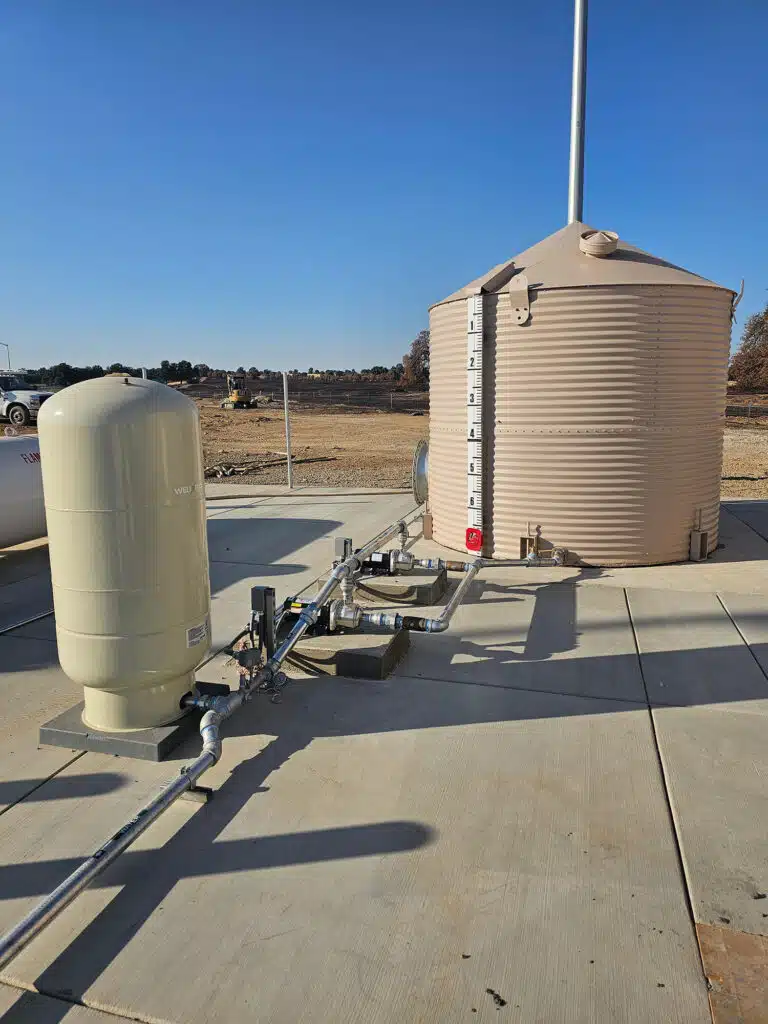What does full tort insurance mean in the legal space?
What Does Full Tort Insurance Mean in the Legal Space?
In the legal context, “full tort insurance” refers to a type of automobile insurance coverage that allows the policyholder to seek compensation for both economic and non-economic damages after a car accident. According to the Munley Law Glossary, full tort insurance provides the insured with the right to sue for pain and suffering, emotional distress, and other non-monetary damages, regardless of the severity of the injury.
Understanding Tort Insurance
Tort insurance falls under personal injury law and plays a crucial role in determining how compensation is awarded after a car accident. In states like Pennsylvania and New Jersey, drivers can choose between two types of tort options in their auto insurance policies: full tort and limited tort.
Full Tort Insurance: Grants the policyholder the unrestricted right to file a lawsuit for damages resulting from a car accident, including compensation for pain and suffering.
Limited Tort Insurance: Limits the ability of the policyholder to sue for non-economic damages like pain and suffering unless the injuries meet a certain threshold of severity, such as permanent disfigurement or death.
Key Benefits of Full Tort Insurance
Full tort insurance is generally more expensive than limited tort insurance due to the wider range of compensation it offers. However, the benefits can be substantial if an accident occurs, especially if non-economic damages are significant. Some of the key advantages include:
Right to Sue for Pain and Suffering: One of the primary benefits of full tort insurance is the ability to sue for non-economic damages such as pain, suffering, emotional distress, and loss of life’s enjoyment. These damages are often harder to quantify but can significantly affect the victim’s quality of life.
No Injury Threshold Requirement: Unlike limited tort policies, full tort insurance does not impose an injury threshold that must be met before a claim for non-economic damages can be filed. Even minor injuries, such as whiplash or temporary discomfort, can still be eligible for compensation under full tort.
Maximized Compensation: Full tort insurance allows accident victims to recover the maximum possible compensation for their injuries, which can include:
- Medical Expenses: Both current and future medical costs related to the injury.
- Lost Wages: Compensation for lost income due to the inability to work after the accident.
- Property Damage: Reimbursement for damage to the vehicle and other personal property.
- Non-Economic Damages: Emotional distress, pain and suffering, and loss of consortium (the impact on relationships and family life).
When Full Tort Insurance Is Essential
Full tort insurance is especially beneficial in situations where injuries are severe, or where the long-term impact on the victim’s physical and emotional well-being is significant. Examples include:
Catastrophic Injuries: In cases where a car accident results in life-altering injuries such as brain trauma, spinal cord injuries, or permanent disfigurement, full tort insurance ensures that the victim can seek compensation for their emotional pain and diminished quality of life.
Emotional Trauma: Some car accident victims may experience long-term emotional trauma, such as anxiety, depression, or post-traumatic stress disorder (PTSD). Full tort insurance allows these individuals to seek compensation for the emotional and psychological damage caused by the accident.
Ongoing Medical Treatment: Victims who require long-term medical treatment, physical therapy, or counseling after an accident can benefit from full tort insurance. This coverage helps ensure that the responsible party covers not only the immediate medical expenses but also future care costs.
Cost of Full Tort Insurance
The main drawback of full tort insurance is its cost. Because it provides broader coverage and the right to sue for a wider range of damages, premiums for full tort insurance policies tend to be higher than limited tort options. Drivers who opt for full tort insurance must weigh the higher premium against the potential benefits of having unrestricted legal rights in the event of an accident.
In general, the added cost may be worthwhile for drivers who want the peace of mind knowing that they will have the ability to seek full compensation if they are involved in a car accident.
Legal Implications
From a legal standpoint, full tort insurance opens up more avenues for recovering compensation. In cases where the injuries are minor but still cause pain or emotional distress, full tort insurance allows for the pursuit of these non-economic damages that might otherwise be unrecoverable under a limited tort policy. Personal injury attorneys often recommend full tort insurance for individuals who want the ability to seek full compensation after an accident.
However, it is essential to have proper documentation and evidence when making a claim under full tort insurance. This includes medical records, witness testimony, and expert evaluations to demonstrate the extent of pain, suffering, and emotional distress experienced.
Full tort insurance provides broader legal rights and access to compensation in the event of a car accident. As explained in the Munley Law Glossary, it allows policyholders to sue for both economic and non-economic damages, ensuring they can seek full compensation for pain and suffering, even in cases of minor injuries. While it may come at a higher cost, full tort insurance is a valuable option for drivers who want to maximize their legal rights and financial protection in the event of an accident. By opting for full tort coverage, individuals can better safeguard their physical, emotional, and financial well-being.
Read more →